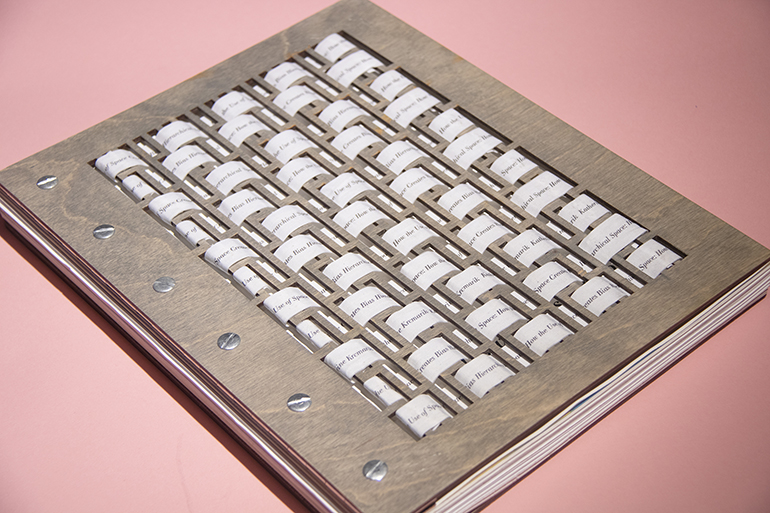
Hierarchical Space: How the Use of Space Creates Bias
Space is more than the sky above us, but a construct of our minds, senses, bodies, and culture. We seek to conquer space, overcome it, fill it, and avoid it. We ask for space and we give people space. We occupy it and block some from it. We live our lives in public and private spaces. For designers, space serves as a tool to unlock possibilities where without it the page or screen becomes an impenetrable jumble of text and image inaccessible to all but the persistent.
The space we give to a particular person, place, or idea on a page indicates its significance. Within culture, things that take up the most space are viewed as the most important. We build massive buildings as testament to the import of a person or place. People vie for the largest presence within culture by dominating media. Brands erect ads spanning buildings to gain attention. In our culture’s hierarchy, bigger indicates better. In design, hierarchy connects with space as a key building block of practice. The use of space to establish hierarchy is one of the first concepts we learn in design educations and one of the most valued tools. Space and hierarchy are separable.
Space is a connecting thread in my work and research. My early work made clear use of space as it looked at the spaces for women in design history who failed to appear in canonical texts, thereby robbing them of their accomplishments, power, and prestige. Space connects to my training as a designer as space features prominently as a design tool and a means to establish hierarchy. In all three aspects, space appeared as a vehicle to establish and assert power. As a designer, the most important parts of a design occupy the most space. As a creator and maker who works large, I use space to garner attention for my message, sometimes forcefully and sometimes subversively. Large-scale work provides me a vehicle for asserting power that I lack. These aspects compelled me to explore space as a strategy to exert power. Projects that I created during the last two years sought to make sense of power imbalances due to the manipulation of space.
Finally, I looked inward to explore my biases towards the spaces occupied by women. By rejecting all things typically feminine I imagined I had erased gendered constraints without critically investigating the biases of that rejection. I confronted my own biases about gender, gender roles, gendered spaces, and gender-based activities. Why did I look down on modes of production associated with women? Why did the feminine and labels associated with the feminine strike me as lesser than those associated with the masculine? Why did I reject participating in the places historically occupied by women? How had the broader culture influenced my bias about the feminine and continued to foster such attitudes despite a progressive advancement of women’s rights over the last two centuries? By exploring typically feminine modes of production, I gained respect for these art forms and the skill required to execute them. I began to see crafts such as quilt making and weaving not as lesser art forms but for the complicated, collaborative art forms they are. Through these explorations, I saw the bias weaved deeply into our culture constructs from a new perspective—one in which those things typically feminine could exist on the same plane with the masculine or culturally acceptable forms of making.
